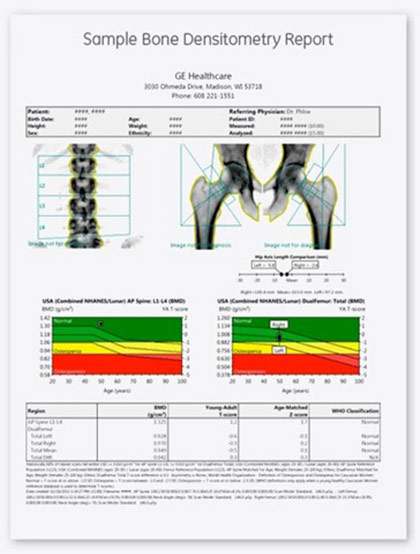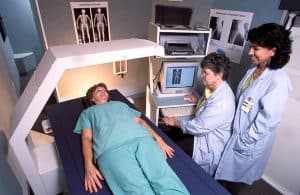Causes of Bone Disease: Genetic, Environmental, and Nutritional

Keeping the skeleton strong and healthy is a complex process. The amount, structure, composition, and position of the bones should all be correct. Any errors or changes in these can lead to bone disease. This article discusses the various causes of bone disease in humans.




